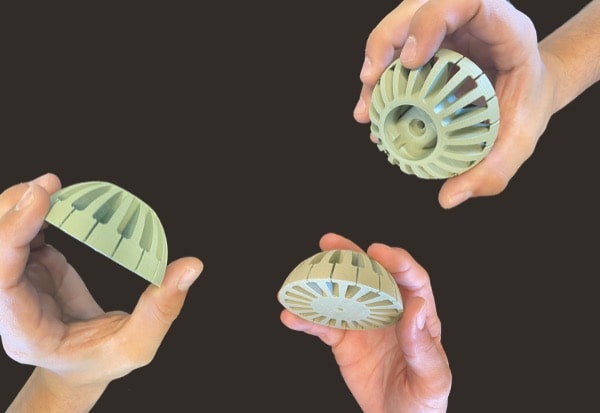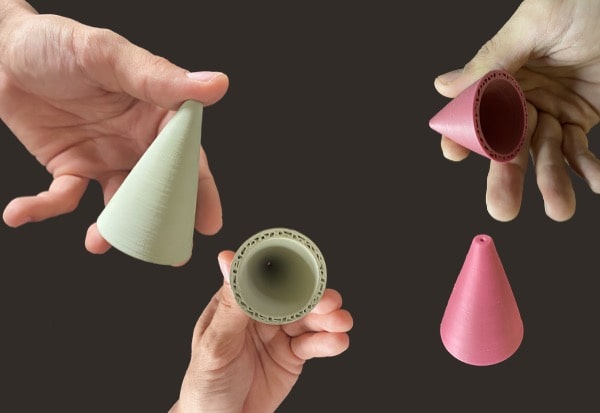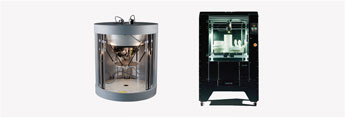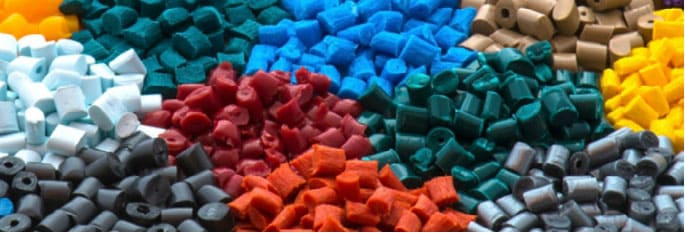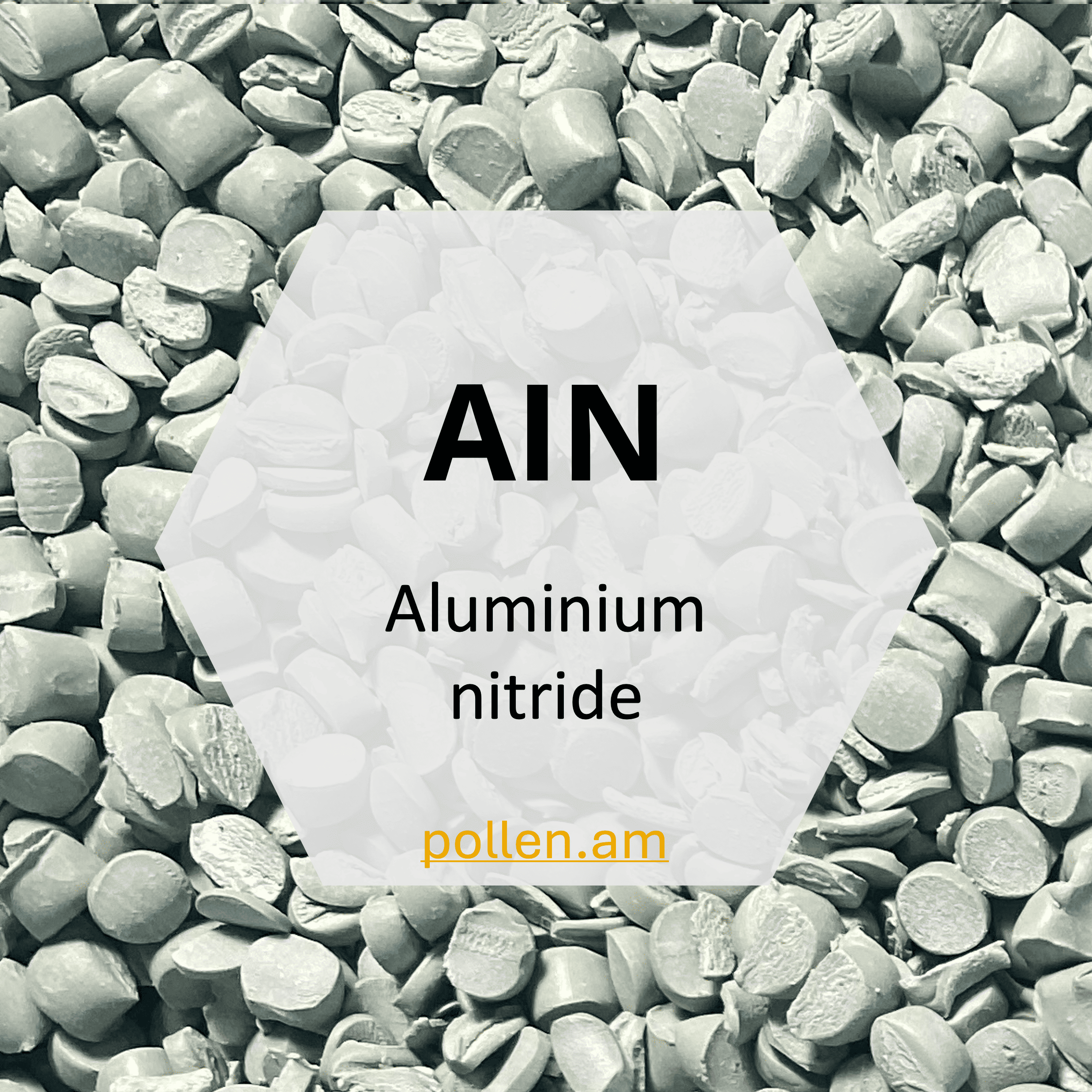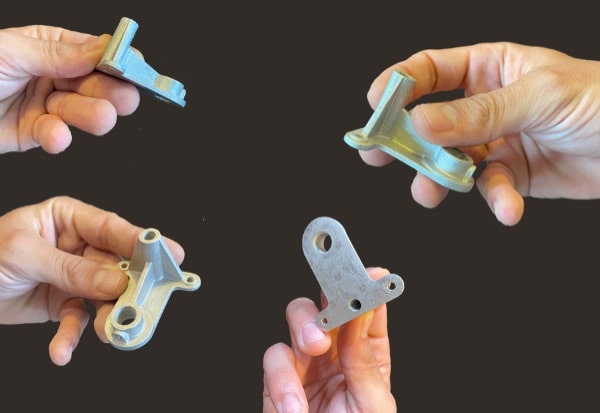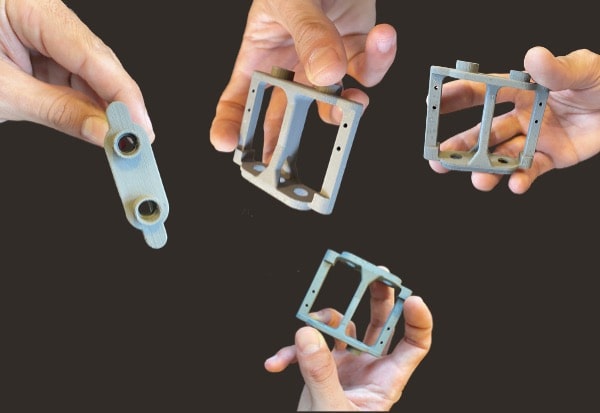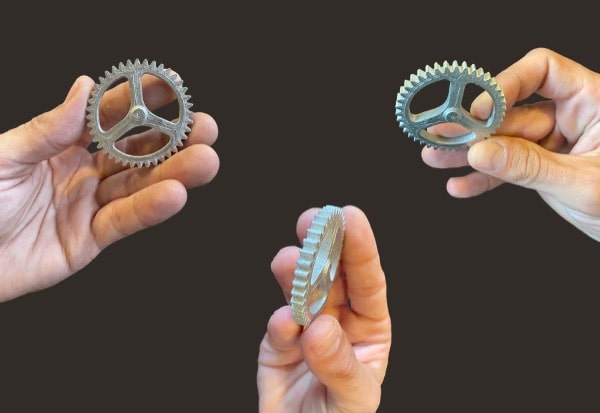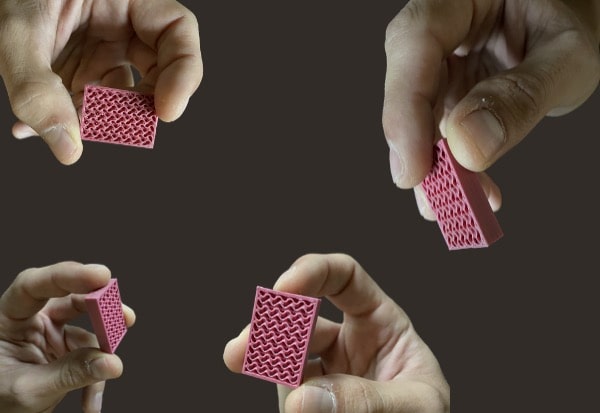
Aluminum nitride (AIN)
Aluminum nitride (AlN) is an advanced ceramic material widely used in various industrial applications thanks to its exceptional properties. Its high thermal conductivity, which surpasses that of many other ceramic materials, makes it a preferred choice for applications requiring efficient heat dissipation, such as substrates for integrated circuits and electronic devices. In addition, aluminum nitride is chemically stable and resistant to corrosive atmospheres, which prolongs its durability in extreme conditions.
Aluminum nitride ceramics have a variety of industrial applications, particularly in electronics, where it is used for high-power device substrates, and in aerospace for components requiring effective thermal management. In short, aluminum nitride is a high-performance material in difficult thermal environments, but its use may be restricted by its mechanical properties and production costs.
Composition
| Component | Concentration | Comment |
|---|---|---|
| AlN (aluminum nitride) | ≥ 98 % | Main component, providing the majority of mechanical and thermal properties. |
| SiO2 (silicon oxide) | < 1 % | Potential impurity, can affect thermal properties. |
| Fe2O3 (iron oxide) | < 0,01 % | Present in traces, does not significantly affect the properties. |
| CaO (calcium oxide) | < 0,02 % | Can be added to improve density and mechanical strength. |
| Na2O (oxyde de sodium) | < 0,1 % | May be present in traces, negligible impact on performance. |
Typical properties
Discover Metal and Ceramic 3D printed parts

